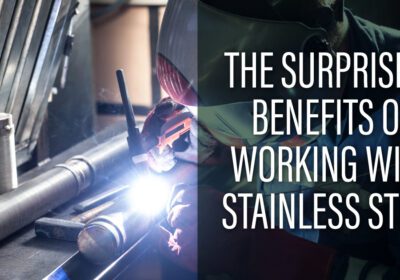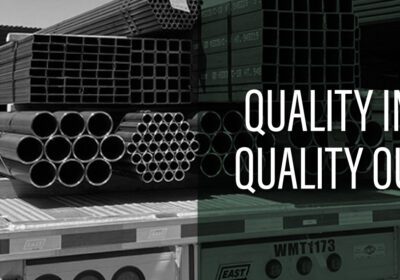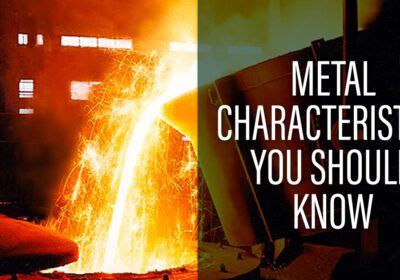How is Hot-Dip Galvanized Metal Made?
Galvanizing is excellent when it comes to protecting metal from corrosion and thereby prolonging its lifespan and strength. Without going through the galvanization process, metal that is exposed to the elements tends to deteriorate and oxidize much more quickly. While there are different methods of galvanizing which can be employed, hot-dip galvanization is by far the most popular. We previously talked about the benefits of hot-dip galvanized metal so we thought we’d delve further into how this process is performed.
Surface Cleaning
Before metal can be galvanized, it needs to undergo a preparation stage. This stage is crucial in determining the effectiveness of galvanization. It involves cleaning the metal of any impurities on the surface, such as oxides and any residues. If this stage is skipped, it will critically hinder the end-result, since zinc cannot react with tarnished metal. This stage involves three steps:
- Degreasing/Caustic Cleaning: In the first step, contaminants such as dirt, grease, and oil are removed from the metal. This can be done using various solutions such as an acidic bath, a caustic solution, a biological cleaning bath, etc. Afterward, the metal is rinsed with water.
- Pickling: The pickling process involves ‘pickling’ the metal in a diluted solution of heated sulfuric acid or ambient hydrochloric acid in order to remove mill scale and iron oxides. Following this step, the metal is once again rinsed with water.
- Fluxing: Lastly, the metal is dipped in a solution of flux—a purifying agent—where any oxides that still remain are removed. Then, a final, protective layer is coated over the metal to prevent further oxidation before the galvanization process.
Hot-Dip Galvanization
In order to coat the metal with the new protective layer of zinc, the zinc is liquefied at temperatures ranging within the low-to-mid 800’s in degrees Fahrenheit. The metal is then dipped into the bath of molten zinc, hence the name ‘hot-dip’ galvanization. The metal is lowered into the bath at an angle and stays there until a metallurgical bond is formed. This process usually takes less than 10 minutes.
Inspection
The hot-dip galvanization process is not the most consistent when it comes to producing a uniform thickness around the metal, so it goes through a final inspection process to test the thickness of the coating. Post-treatment processes may be performed to achieve consistent thickness all around.
Metal Supplier in Phoenix & Tucson
Arizona Iron Supply, serving Phoenix and Tucson, offers a competitively-priced inventory of galvanized sheet metal and galvanized tubing. Call us at 1-800-528-9875 with any questions you may have about an upcoming project or take a look at our stock and order online today.
Photo by Ricardo Gomez Angel on Unsplash 07/29/2019




